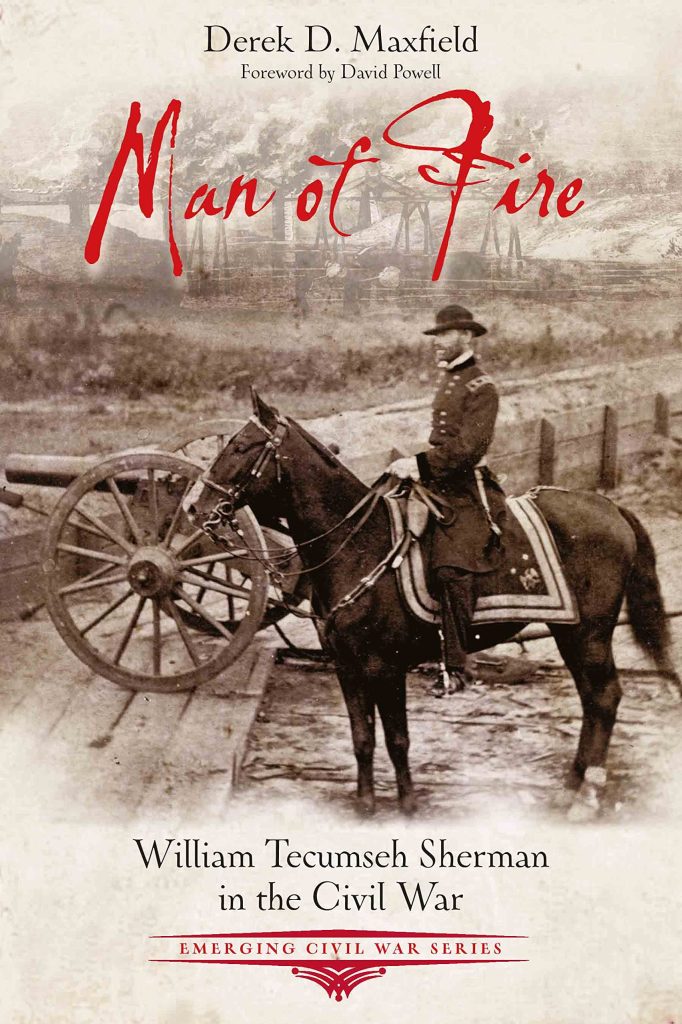
In late 1864, Eliza Frances Andrews (1840-1931) began keeping a journal. The young woman lived with her father and younger sister in Washington, Georgia, a town due east of Atlanta between Athens and Augusta. Washington had been fortunate, but William Tecumseh Sherman’s army was approaching as it swept southwest from Atlanta to Savannah in the famous “March to the Sea.” Their father has been a known opponent of secession, but Eliza’s two older brothers had both enlisted in the Confederate Army.
The two young women traveled to the home of their older sister, who lived on a plantation in southwest Georgia near Albany. Initially opposed to their leaving, their father finally relented, and the family found friends and acquaintances who could serve as escorts.

First, however, they had to cross the some 60-mile swath that had been in the path of Sherman’s army. And it was every bit as bad as they’d heard. Destroyed railroad track, burned towns, villages, and homes, the countryside picked clean of anything resembling food – the sisters were as stunned as they were outraged.
The trip (they did finally reach their sister’s plantation) and the rest of her wartime experiences and observations were gathered together and published almost 50 years later, at a time when many soldiers and civilians alike were publishing their memoirs of the war. The Civil War generation was rapidly dying out, and many wanted the record, or their version of the record, to be saved and remembered.
The War-Time Journal of a Georgia Girl 1864-1865 is, not surprisingly, sympathetic to the Confederate side. Andrews’s introduction makes that more than clear, as she views the cause of the war to have been what she called “economic determinism” and states’ rights. The work also contains few references to slavery, except in the context of what was happening as a result of military operations and the breakdown in social conditions.
Andrews and her sister survive a bout with measles, and they eventually return to Washington. Eventually, the town is repeatedly engulfed by both victorious Union soldiers and Confederate soldiers returning from the armies of Robert E. Lee, Joseph Johnston, and Braxton Bragg. Washington was also somewhat famous for being the town where the last meeting of the Confederate cabinet occurred (Andrews saw and rather enthused over the appearance of Confederate President Jefferson Davis).

What is particularly valuable is to see, in the mind of one young Southern woman how the experiences of the last year of the Civil War crystallized and hardened Southern beliefs about the war. These included the causes of the war, what happened, how the North won, and how the South, though defeated, had been right (and righteous) in its cause. It’s also fascinating to read how, as much as life had been disrupted by the war, that common events like socials and dances continued.
Andrews has a successful career as a writer, newspaper editor, and reporter. Unusual for the time, she decided to support herself after the end of the Civil War. She wrote numerous articles for newspapers and three novels. She became a teacher at Wesleyan College in Macon, Georgia, teaching literature and French. Long interested in plants, she published two high school textbooks on botany. In 1926, she was elected to the International Academy of Literature and Science, the only woman so honored up to that point. She died in Rome, Georgia, in 1931 and was buried in the family plot in Washington.
And in her war-time journal, she told a perceptive story about civilian life in the South at the end of the Civil War.
Top Photograph: Market Square in Washington, Georgia, about 1860.















